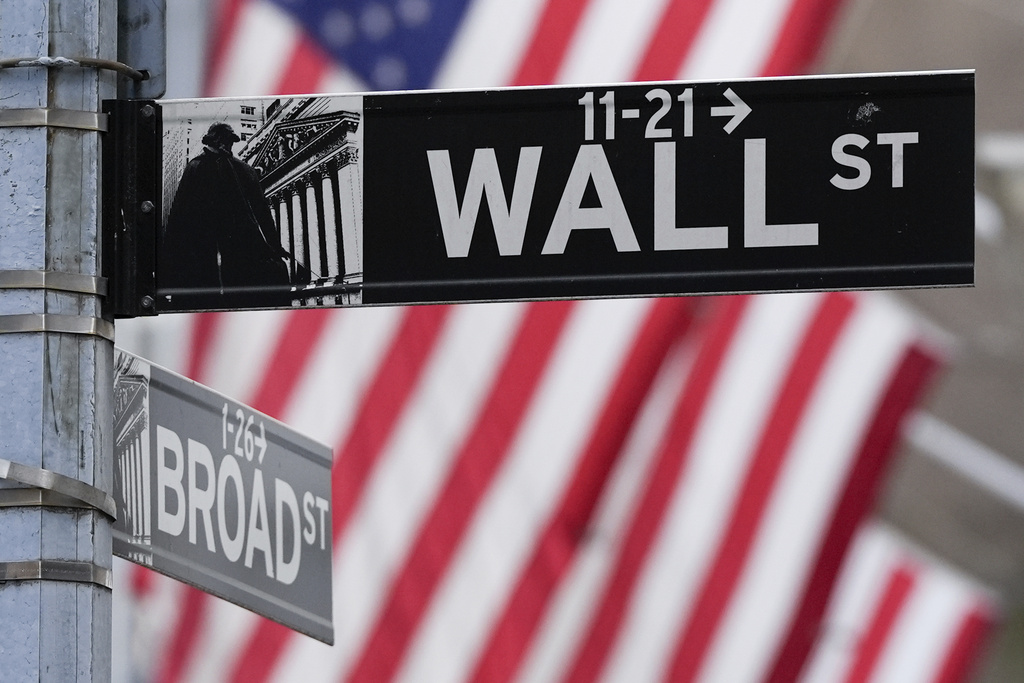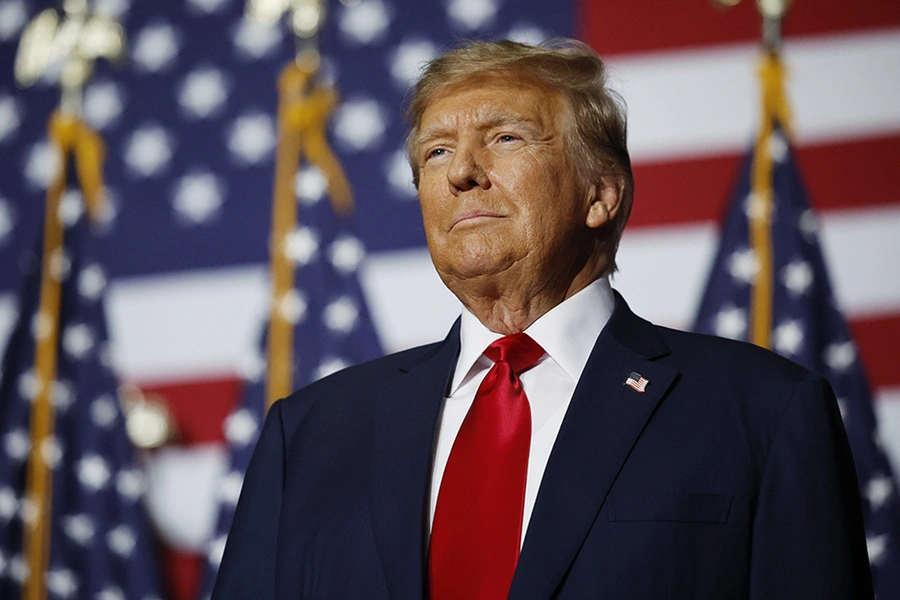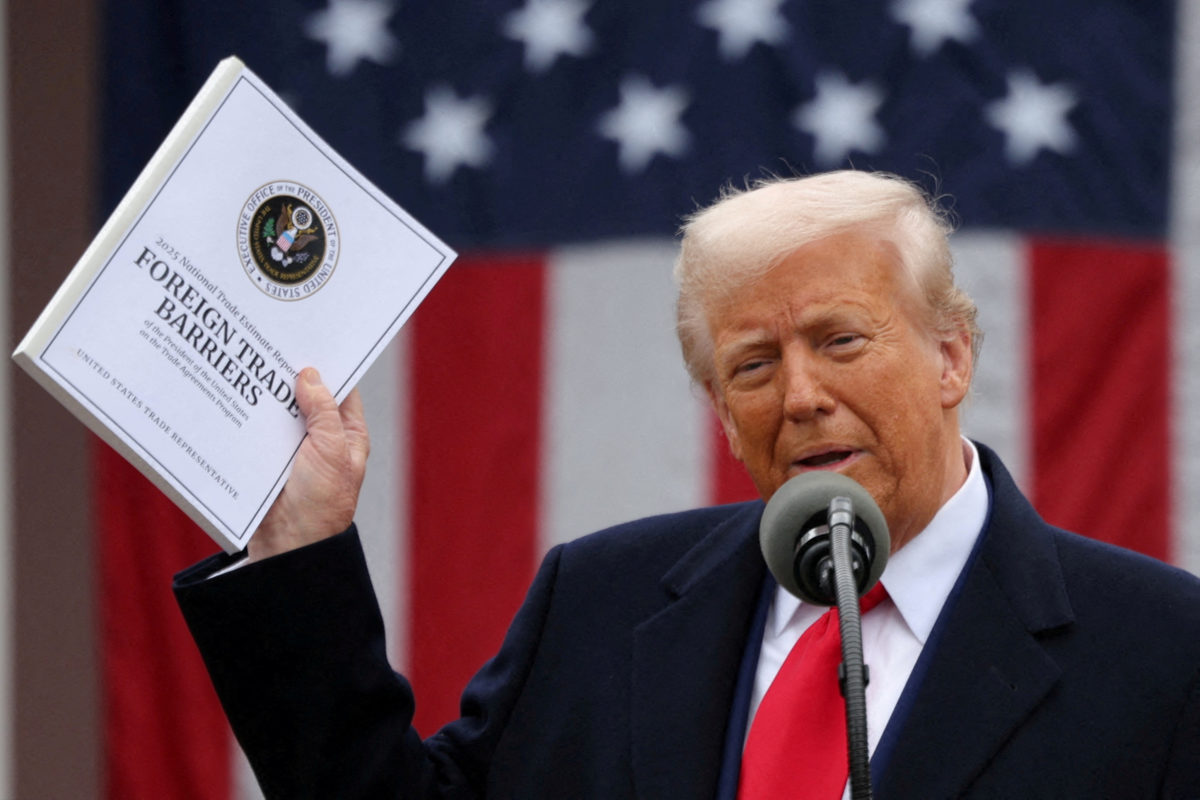According to one recent Ipsos poll, about less than half (45%) of Americans understand what a tariff is. There has been a lot of talk about implementing new tariffs, and it does beg the question: what are they? What will be their immediate effect? Why is this happening at all?
Firstly to start: a tariff is a tax on imported goods. What this does in effect, is artificially inflate the price of foreign goods in order to protect domestic industries. For example, the Chinese company BYD can sell electric cars at a much cheaper price than Tesla can. Therefore, in order to make sure more consumers were buying domestic, it was decided to artificially inflate Chinese electric vehicle prices (NPR, 2024). Although tariffs can protect and help certain industries, ultimately it means higher prices for the average person. Foreign goods become more expensive and consequently, domestic industries raise their own prices knowing that people won’t just buy the cheaper foreign option. So a tariff is a political tool, but must be wielded wisely (and probably sparingly).
Speaking of the auto industry, we must take a look at the heavily integrated auto supply chain between Canada, Mexico, and the US. According to NPR (2025), auto manufacturing in America relies heavily on car parts crisscrossing these three countries borders (sometimes multiple times) during development stages. So if Canada manufactures car parts and sends them down through the US border to Mexico for assembly, and then they must be shipped back north again, a tariff applied each time could significantly rack up auto costs. Car companies among others passed on higher prices to consumers when the first set of steel and aluminum tariffs were enacted during President Trump’s first term (New York Times, 2025). This obvious reality may be why Trump declared a one-month exemption for Mexico and Canada toward US auto makers.
Another unfortunate outcome comes in the form of retaliatory tariffs. Canada for example, a top United States trading partner, recently announced their own tariffs against the import of American goods. The whole situation could be described as a major conflict in a United States’ trade war. Similarly, China has been doing the same thing for years, and we can expect a continuation of retaliatory tariffs in the future. One thing that economists have consensus on is that none of this will reduce prices, and in fact will increase them for the average person. Products like food, electronics, household products, energy, and clothing are all at risk of going up in price. It is worth noting that Trump’s tariff agenda toward China may also have an additional change that may end the reign of cheap clothing retailers like Temu and Shein. NPR has an interesting piece on this.
So if tariffs raise prices for us, what is the goal of introducing more tariffs? Trump has stated that he wants to reduce America’s outstanding trade deficit with other countries and protect the domestic manufacturing sector, but his hot-and-cold attitude toward committing to specific tariffs suggests that maybe this isn’t the whole story. He also seems to want to use tariffs as a diplomatic tool to bully other countries into making concessions. This other explanation is evidenced by his actions toward Mexico. Trump declared a brief pause on tariffs toward that country when they announced that they would send more personnel to the US-Mexico border. So it seems very likely that tariffs are being used as a threat toward Mexico in service of Trump’s immigration agenda (AP, 2025).


































